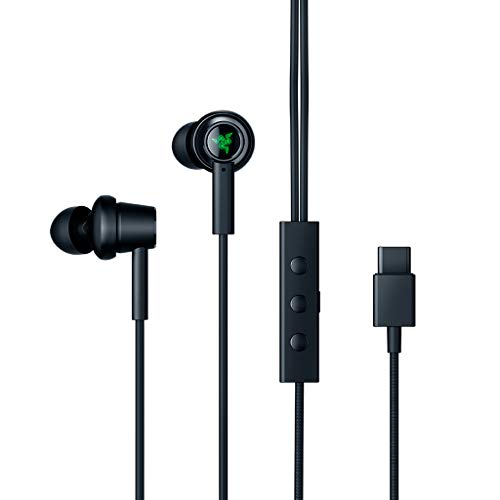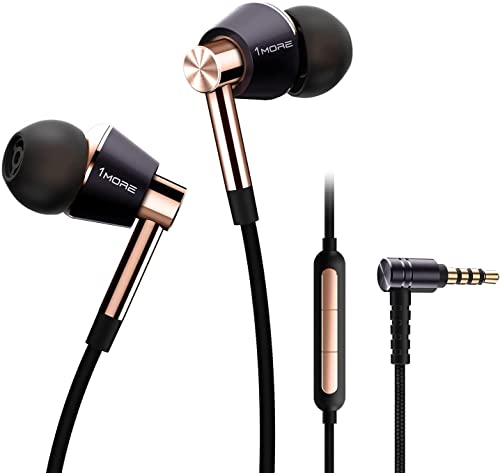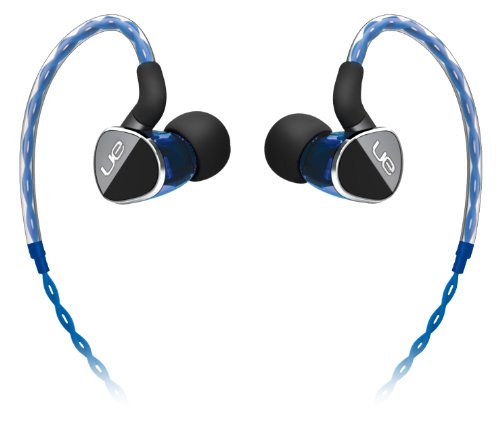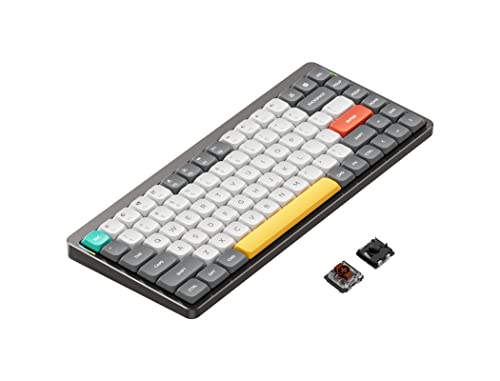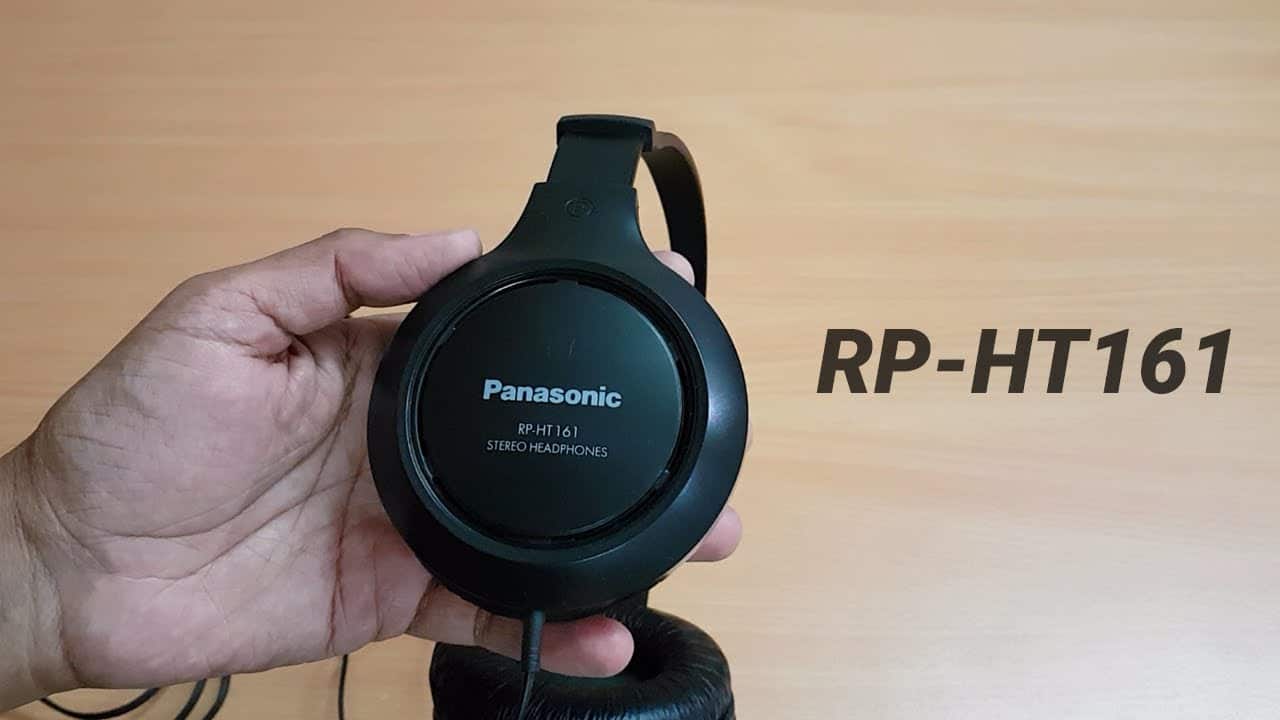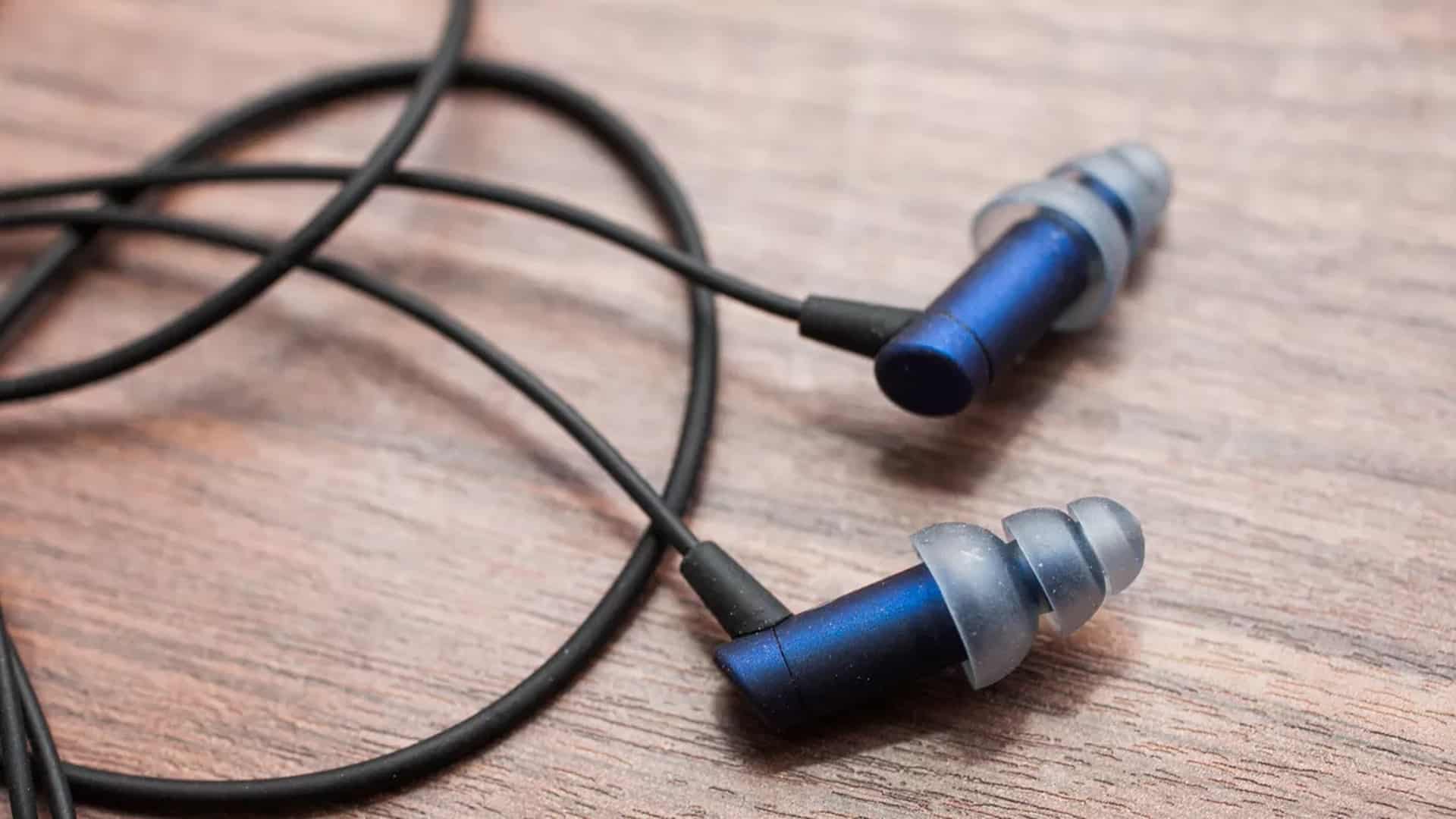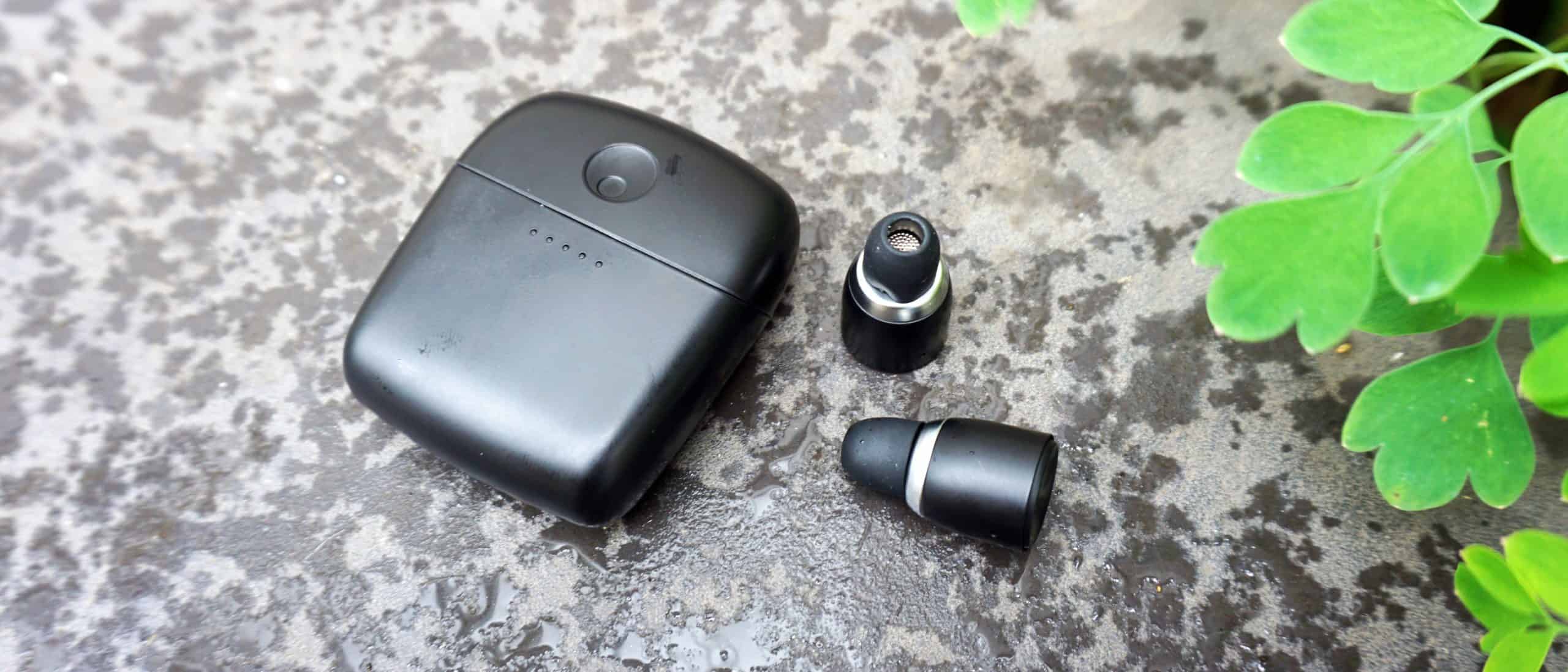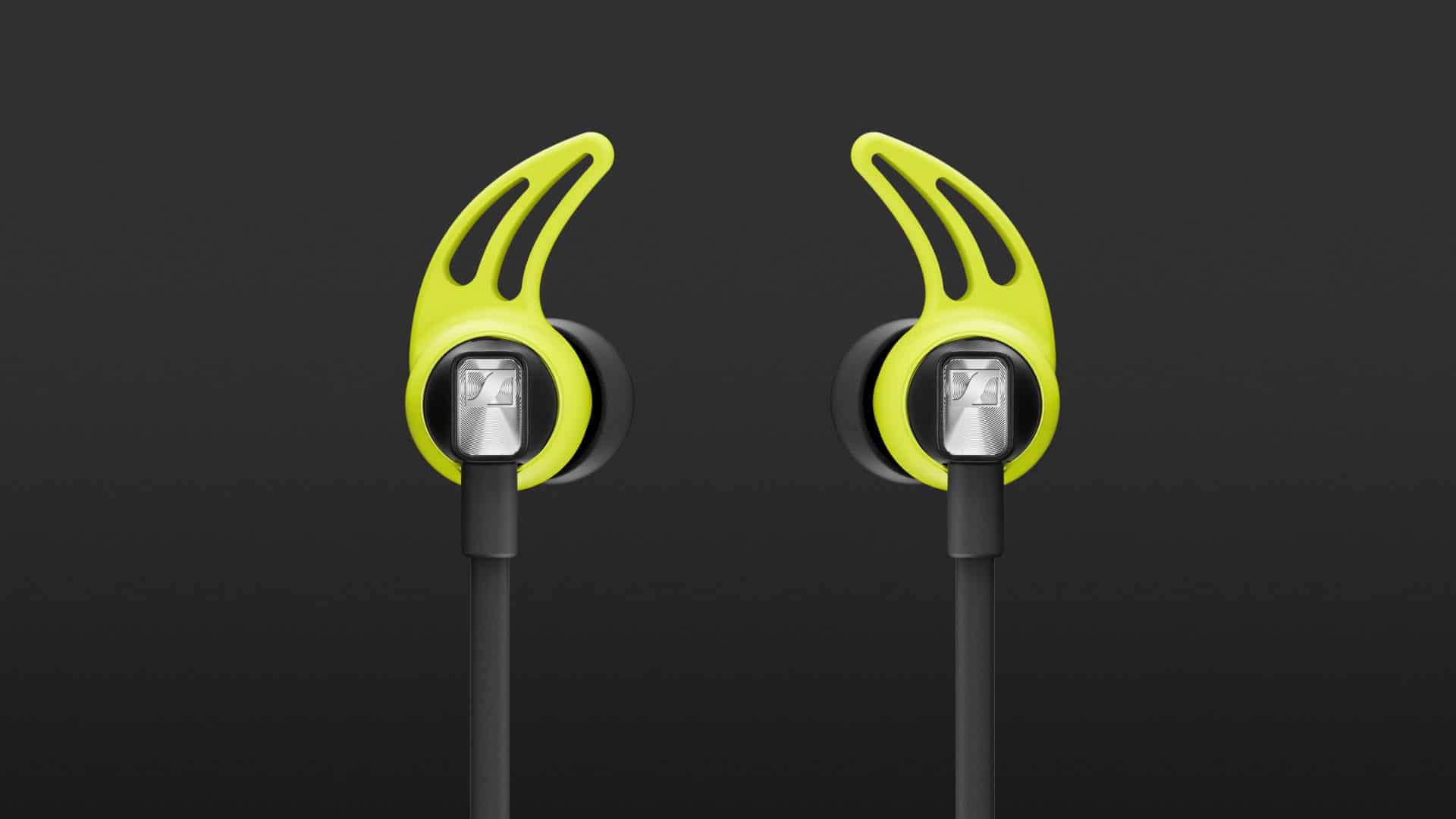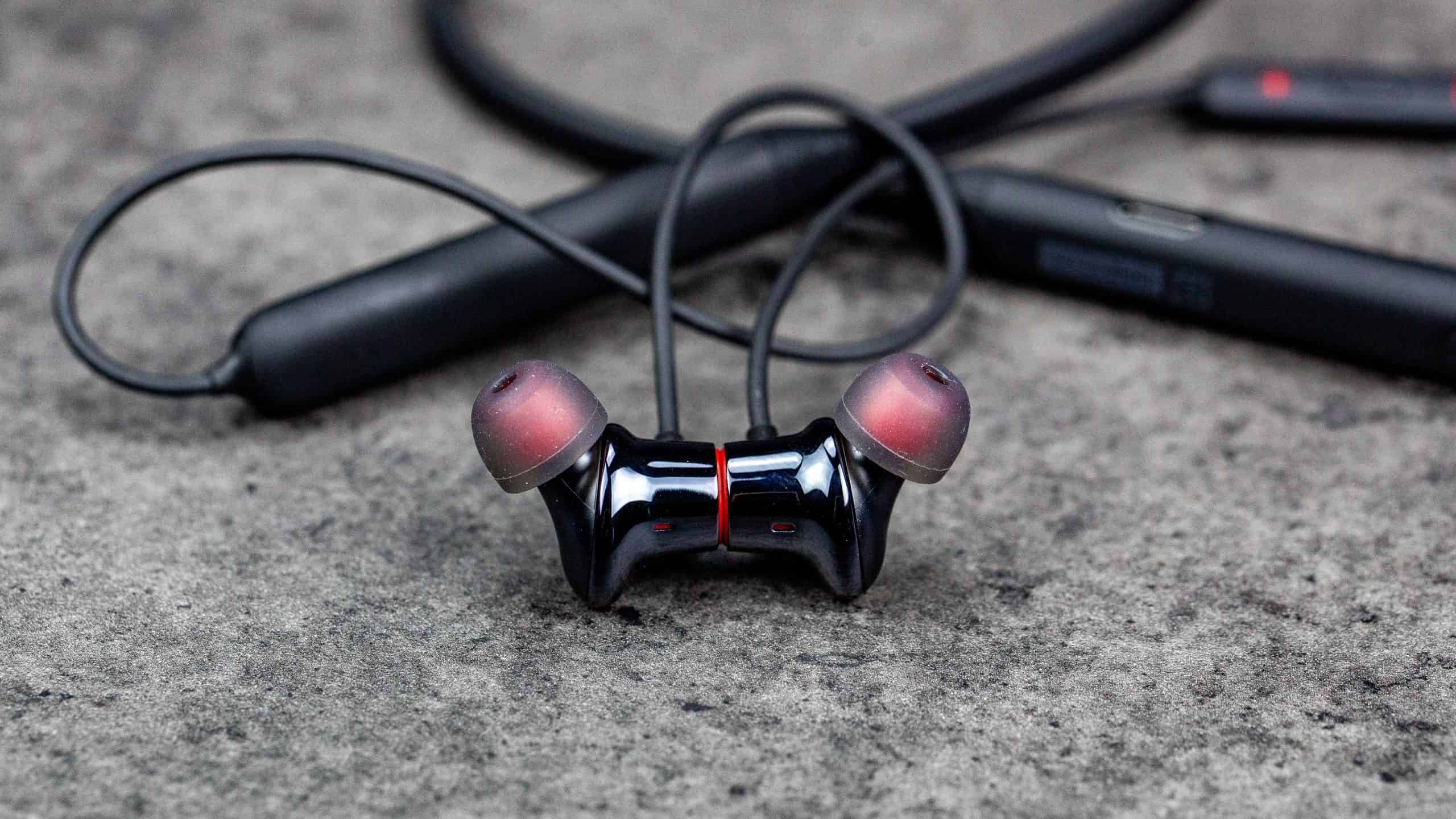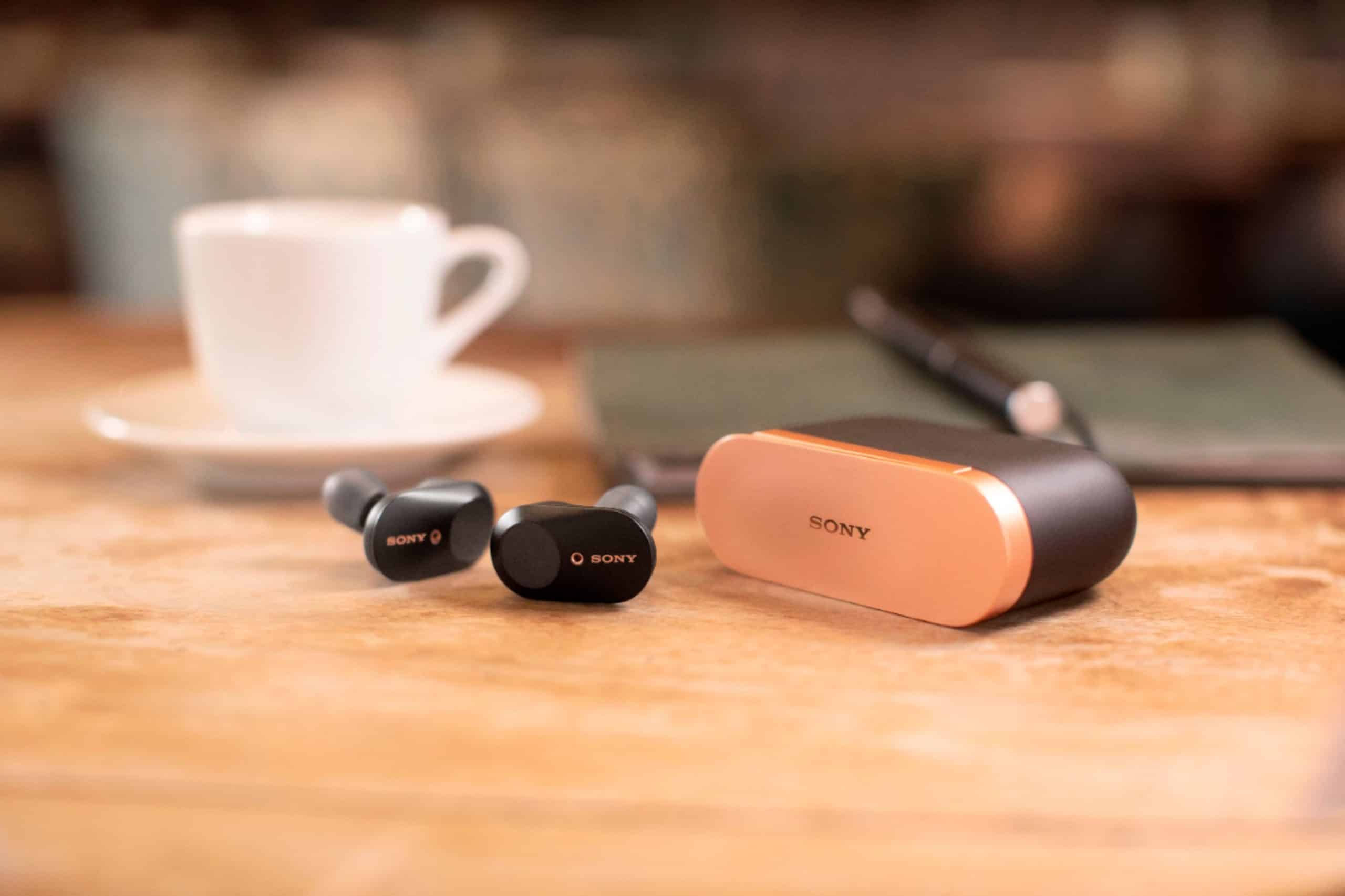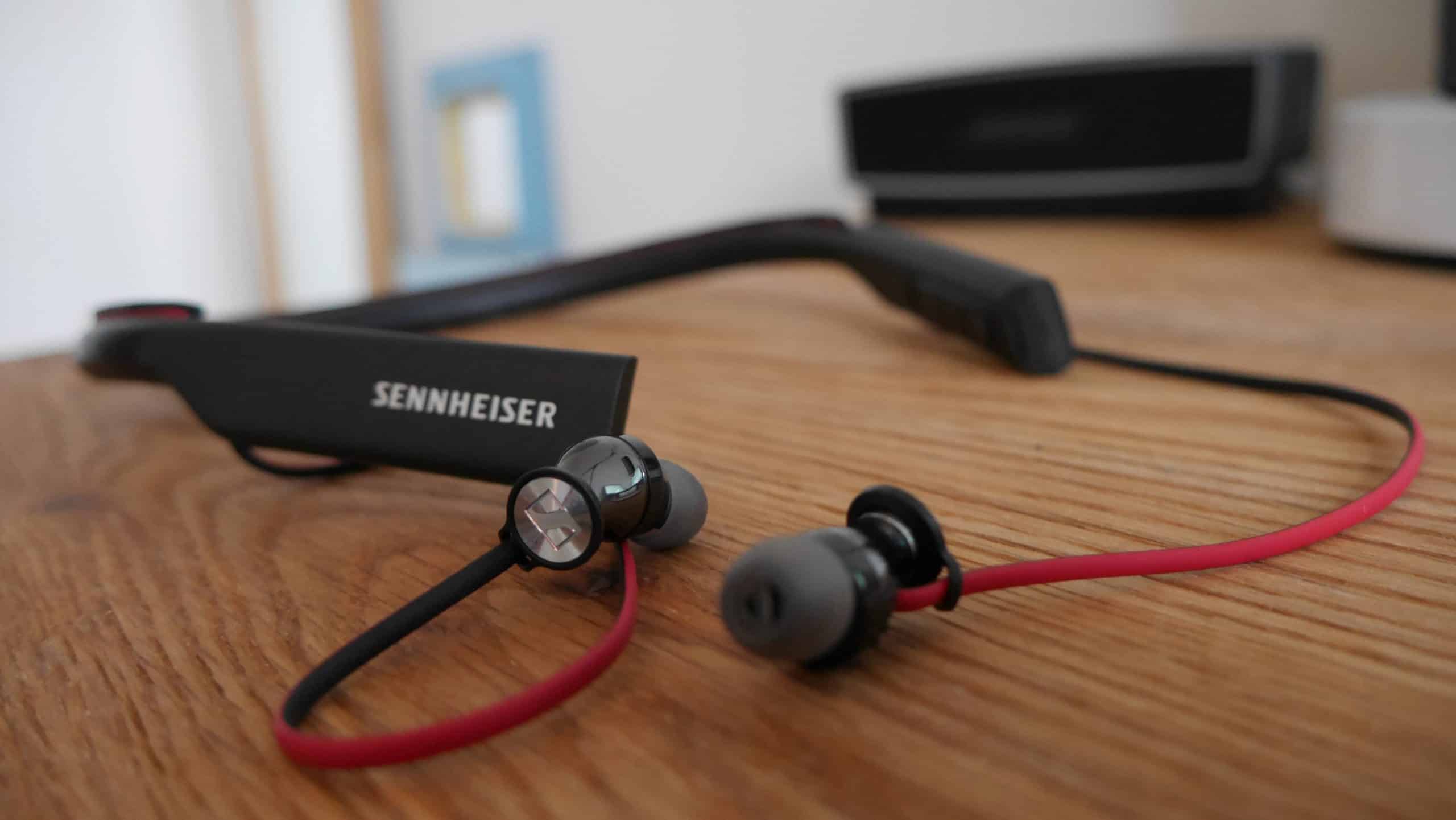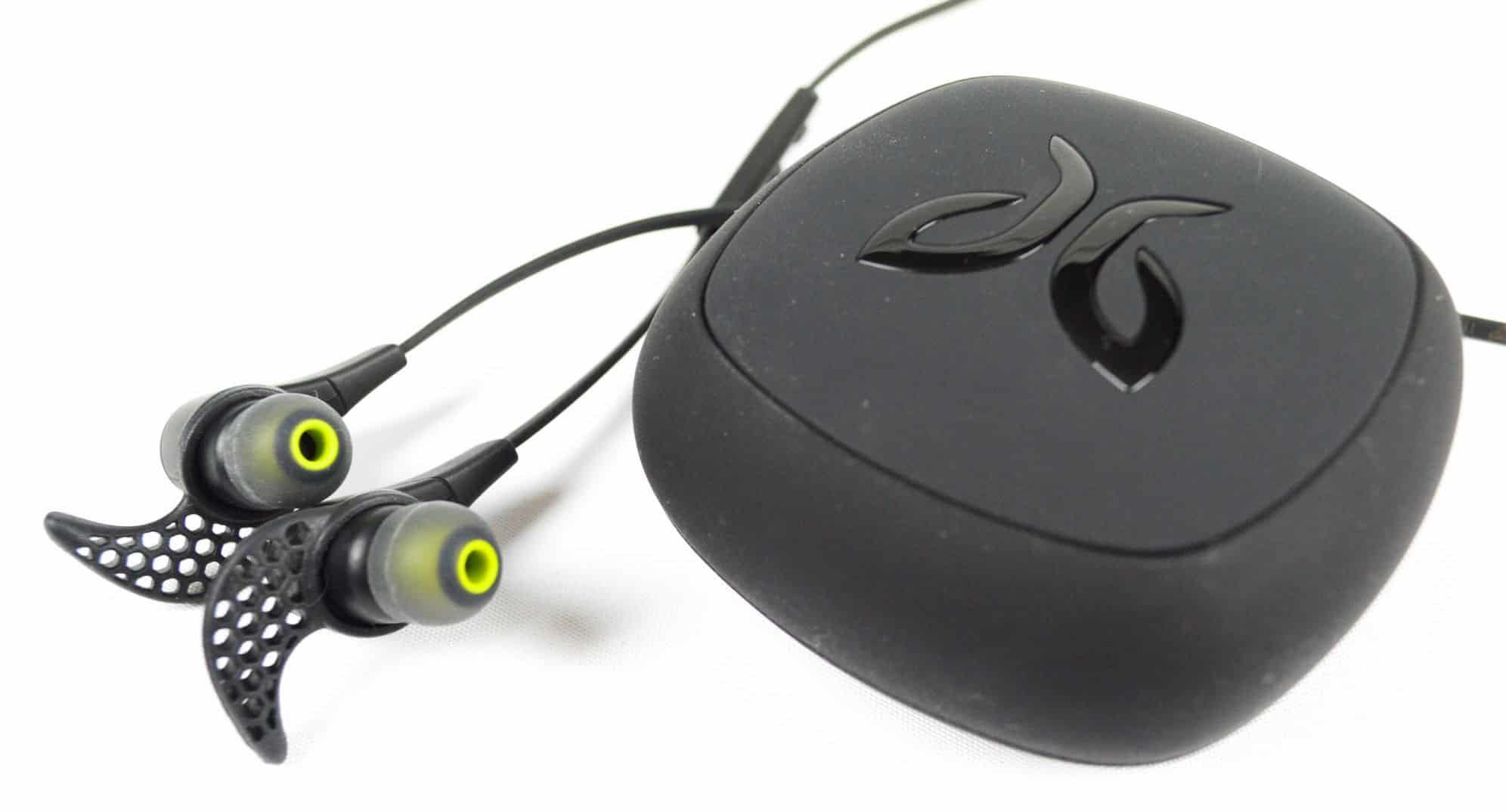If you are new to the world of personal audio, you may wonder about the differences between noise-canceling earbuds vs headphones. Some of the best headphones, after all, come with various features, including the ability to cancel external noise. So what are the key differences between noise-canceling earbuds and noise-canceling headphones? Keep reading to find out.
KEY TAKEAWAYS:
- Both noise-canceling earbuds and headphones are good options for eliminating ambient noises and delivering optimum sound quality.
- Noise-canceling headphones have the edge over earbuds as to the efficacy, thanks to the former’s larger size and larger components.
- Earbuds, however, tend to be cheaper, though with shorter battery life when engaging active noise-canceling technology.
Differences Between Noise Cancelling Earbuds and Headphones
The primary difference, obviously, is the noise-canceling technology, as earbuds lack the room to include some of the more active components. There are other things to consider, however, when finding the best noise-canceling headphones.
Insider Tip
Earmuffs are often a cheap and useful alternative to investing in active noise-canceling headphones.
Noise Cancelling Technology
Large over-ear headphones equipped with active noise canceling technology are better at reducing external noise than earbuds outfitted with similar tech. You’ll encounter the same issue when comparing noise-canceling on-ear headphones vs earbuds. It boils down to efficacy, as large traditionally styled headphones not only envelop the ear, such as when comparing earmuffs vs noise-canceling headphones but also actively eliminate unwanted noise via audio drivers. Modern noise-canceling earbuds also include similar technology, but they underperform comparatively speaking. However, technology is always advancing.
Size
One of the best reasons to go with earbuds is their light form factor and portable size. Even the leading closed-back headphones take up a lot of room in your backpack. Whereas, the finest Samsung earbuds can basically be stuffed into a pocket or purse with ease. It is worth noting, however, that it is this extra size that allows traditional headphones to outshine earbuds when it comes to noise cancellation technology.
Comfort
This is more or less a personal preference thing, but many people find earbuds uncomfortable, as they rest inside of the ear canal. Others find over-ear and on-ear headphones uncomfortable, as they are heavier and clasp the ear lobes. You know your body and your comfort threshold, so choose the type that meets your needs and worry about other specs, such as high impedance vs low impedance headphones, later.
Battery Life
This one goes to traditional headphones, as the increased space allows for the addition of larger batteries when engaging active noise cancellation. This allows regular noise-canceling headphones to last as long as a week or two on a single charge. Earbuds, however, feature minuscule batteries that can dry up in just a day or two of regular use.
F.A.Q.S
What is it like to use the Bose QuietComfort earbuds?
Bose is a high-grade brand, no matter if you are comparing Bose Sport Earbuds Vs Bose Soundsport Free earbuds or trying out the QuietComfort series. The sound quality is fantastic and the active noise cancellation is on point.
How to choose the best noise-canceling earbuds for you?
This depends on personal preference and how many hours of battery life you need. Passive noise isolation is also fine for some, overactive noise-canceling headphones, for reducing ambient noises and ambient sounds.
Which earphones sound better?
As for sound quality, over-ear headphones have the edge over wireless earbuds, thanks to more realistic bass and a better stereo image. Though some modern earbuds, such as the AirPods Pro, are catching up with wireless headphones with regard to audio quality.
STAT: Noise cancellation is all about using one kind of sound to eliminate another. Imagine the whirl of a blender or the drone of a vacuum cleaner. To neutralize the distracting noise, it takes an equal but opposite signal. In theory, it’s as simple as 1 + (-1) = 0. (source)
REFERENCES:
- https://noisyworld.org/noise-cancelling-headphones-vs-earbuds/
- https://hookeaudio.com/noise-cancelling-earbuds-vs-headphones/
- https://www.bose.com/en_us/better_with_bose/best-noise-cancelling-headphones.htmlr
- https://www.bose.com/en_us/better_with_bose/noise-cancelling-vs-noise-masking.html
- https://ehs.umass.edu/sites/default/files/Noise-Cancelling%20Headphones%20Fact%20Sheet.pdf

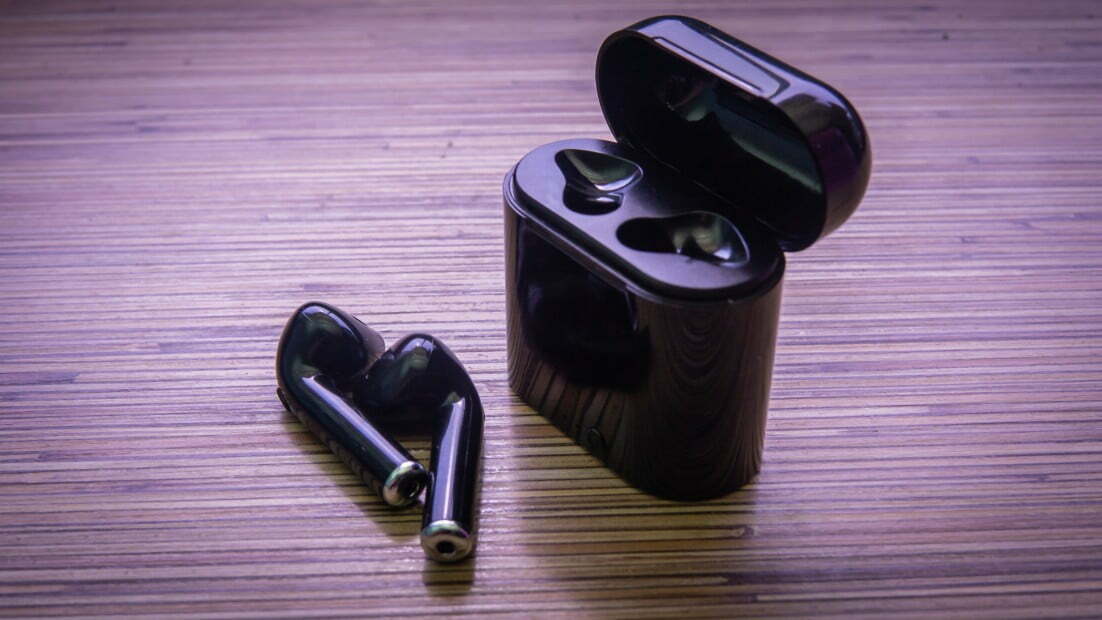















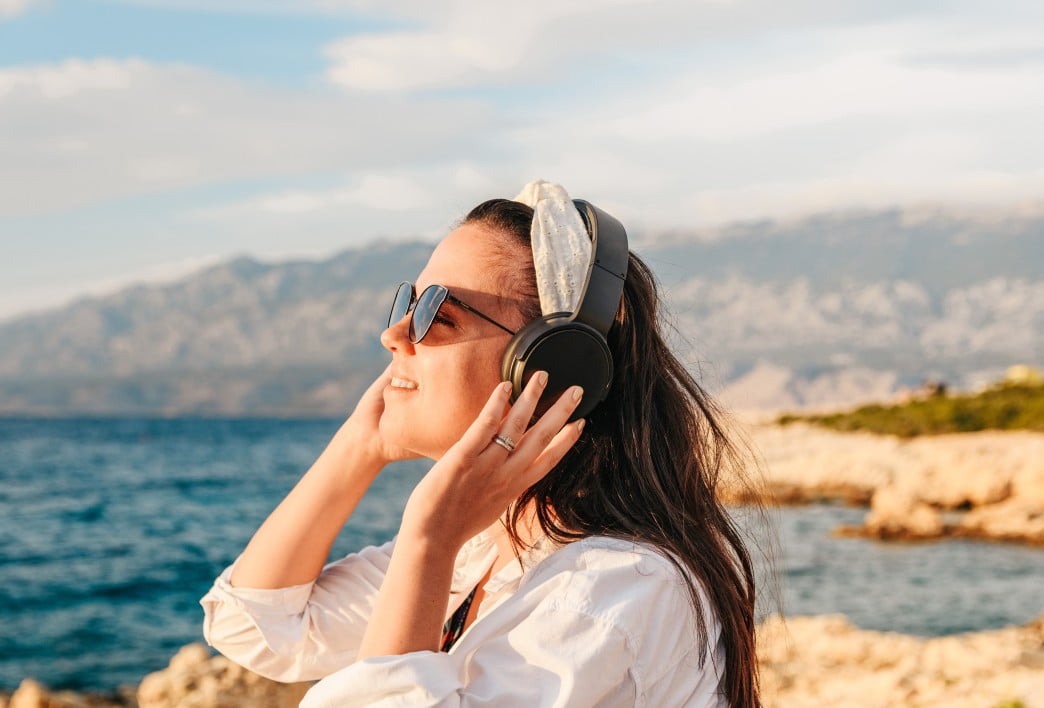
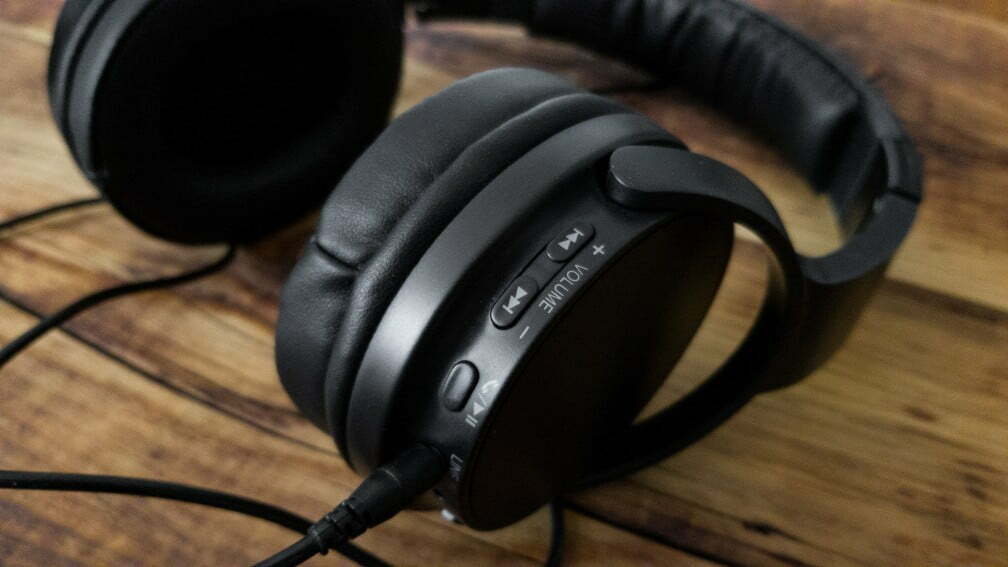





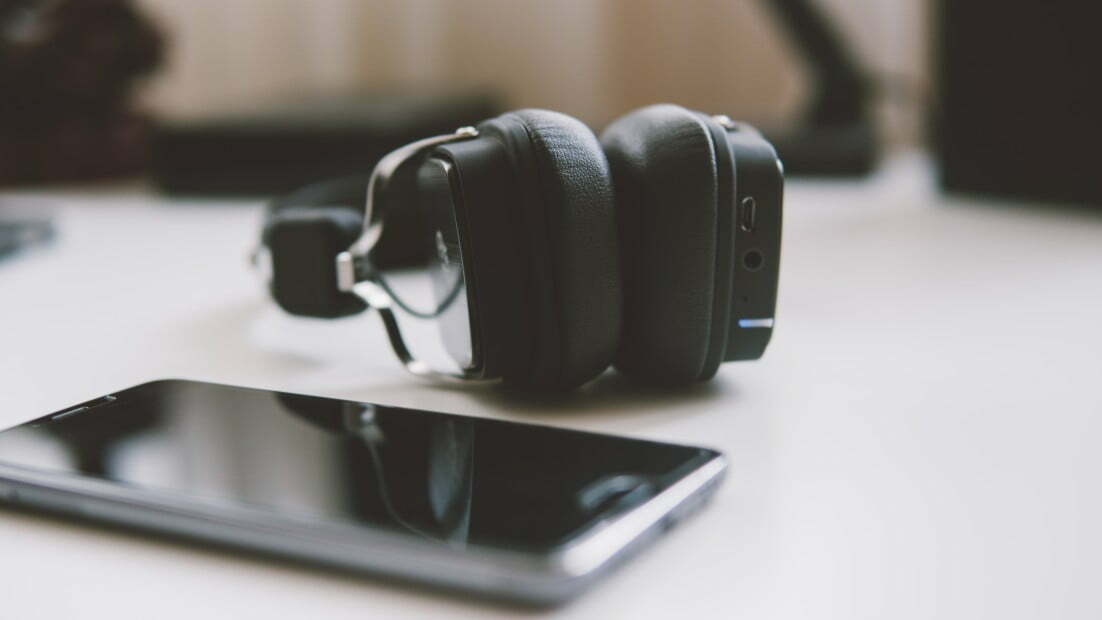

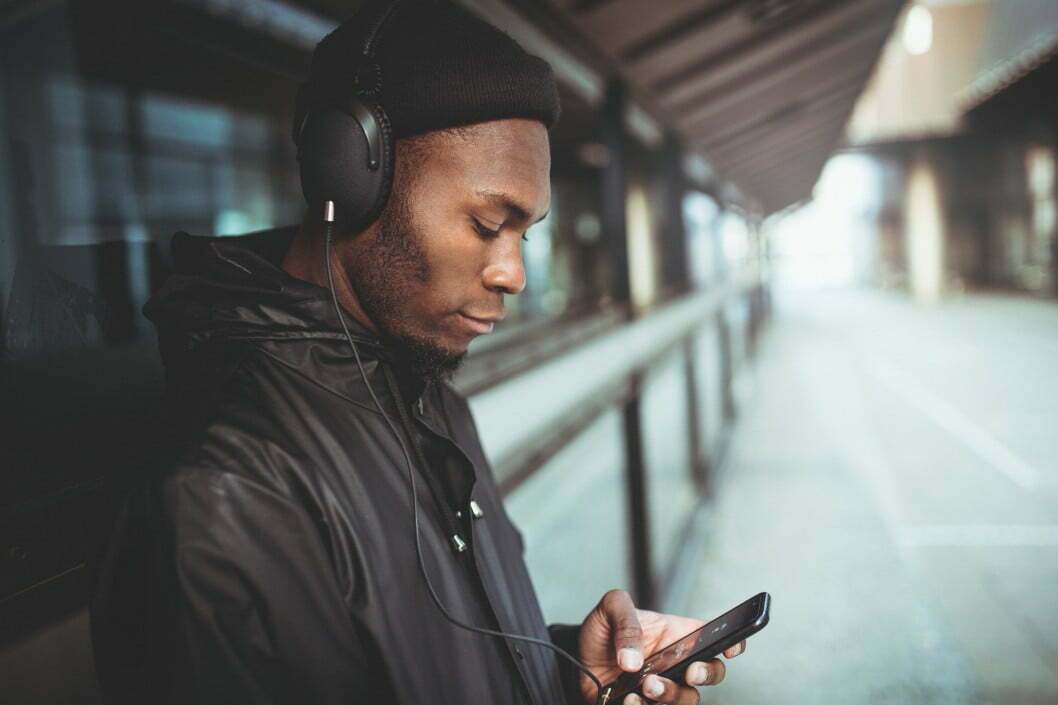
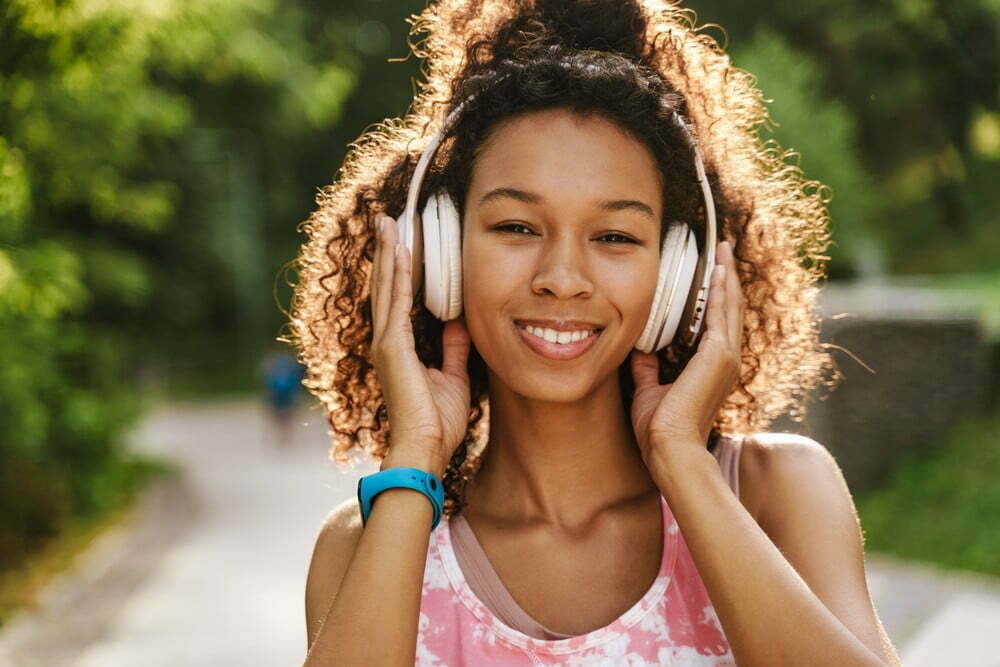

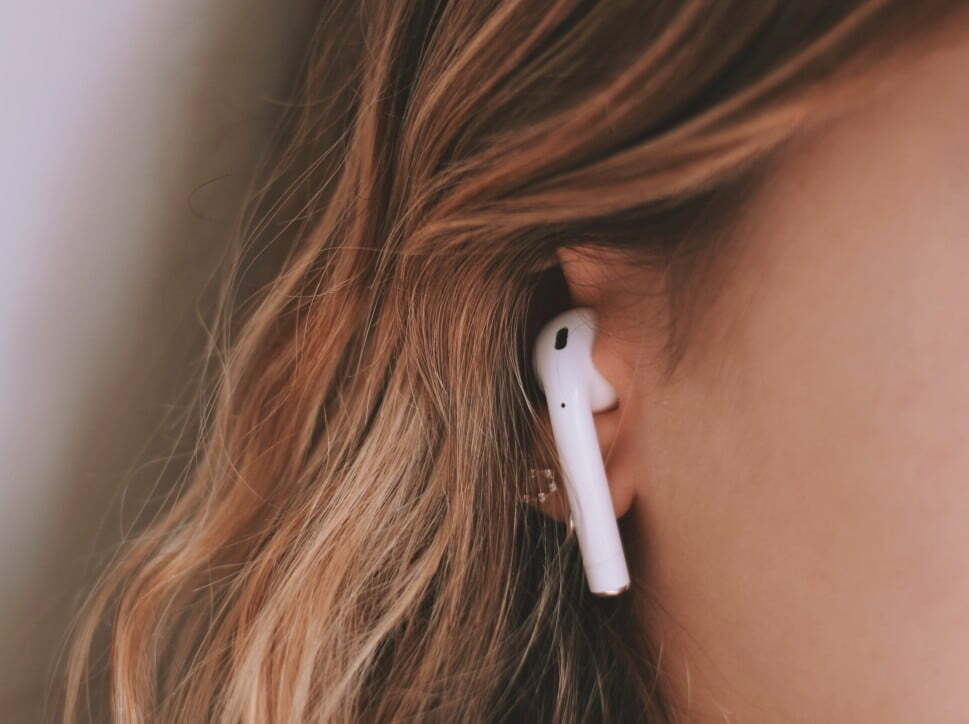
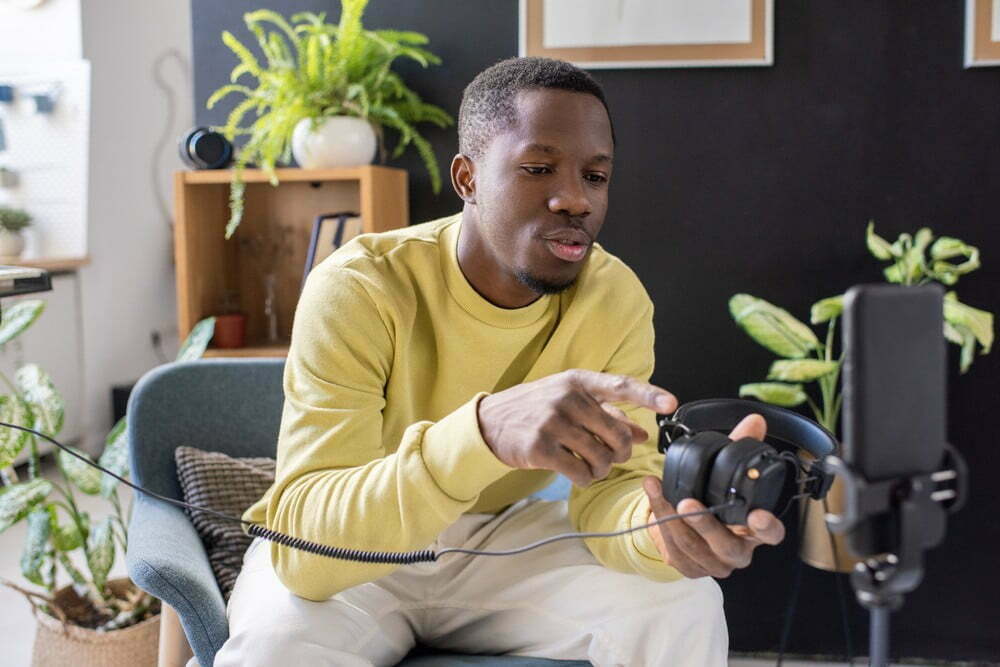
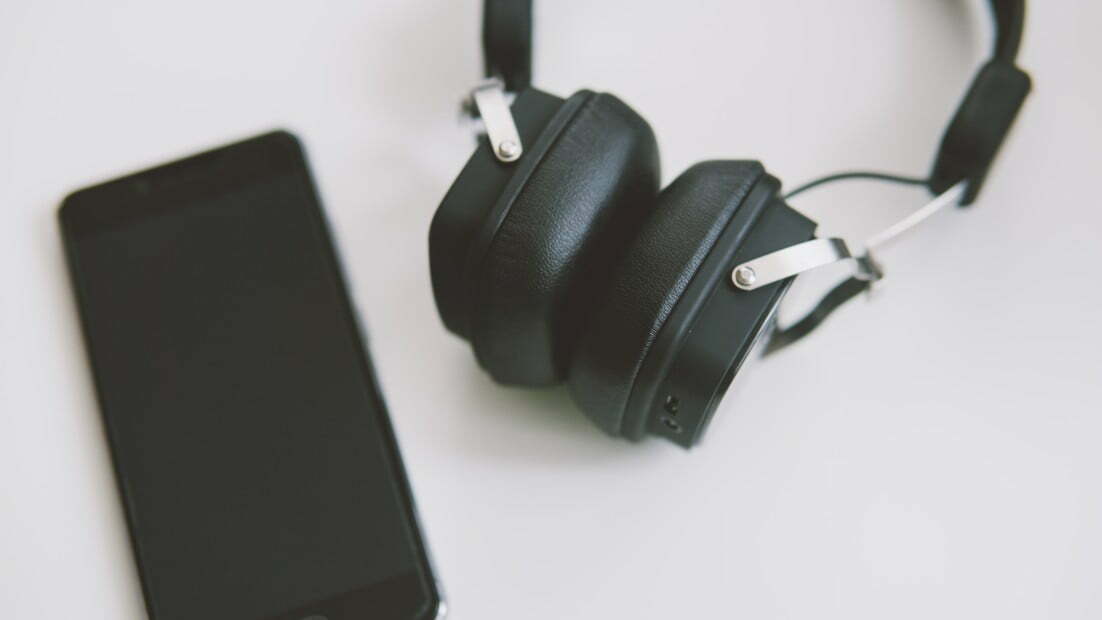
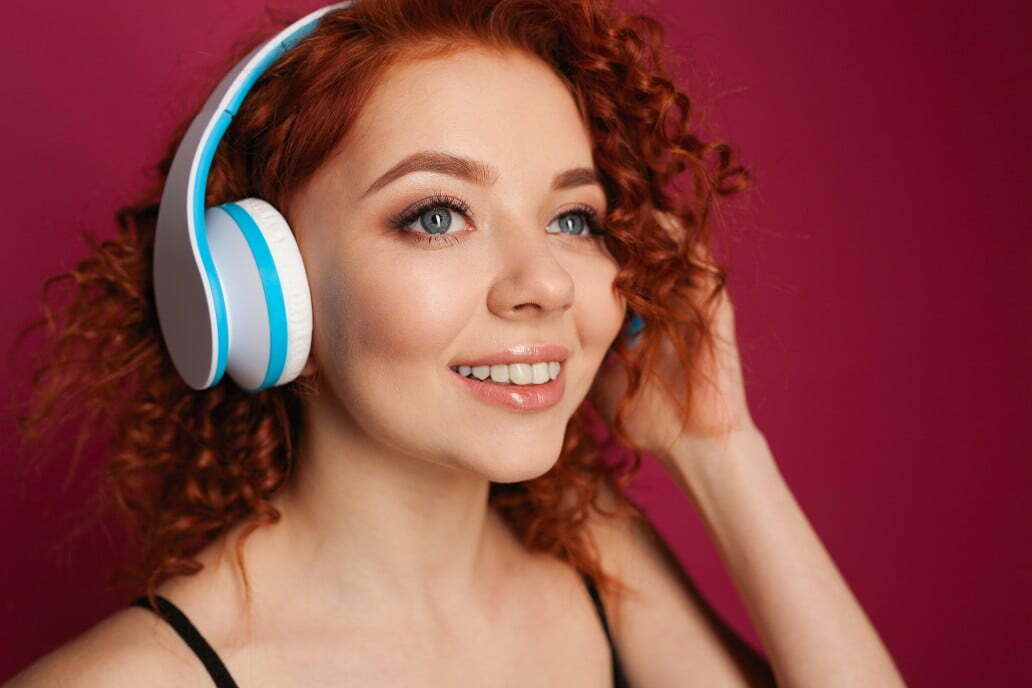
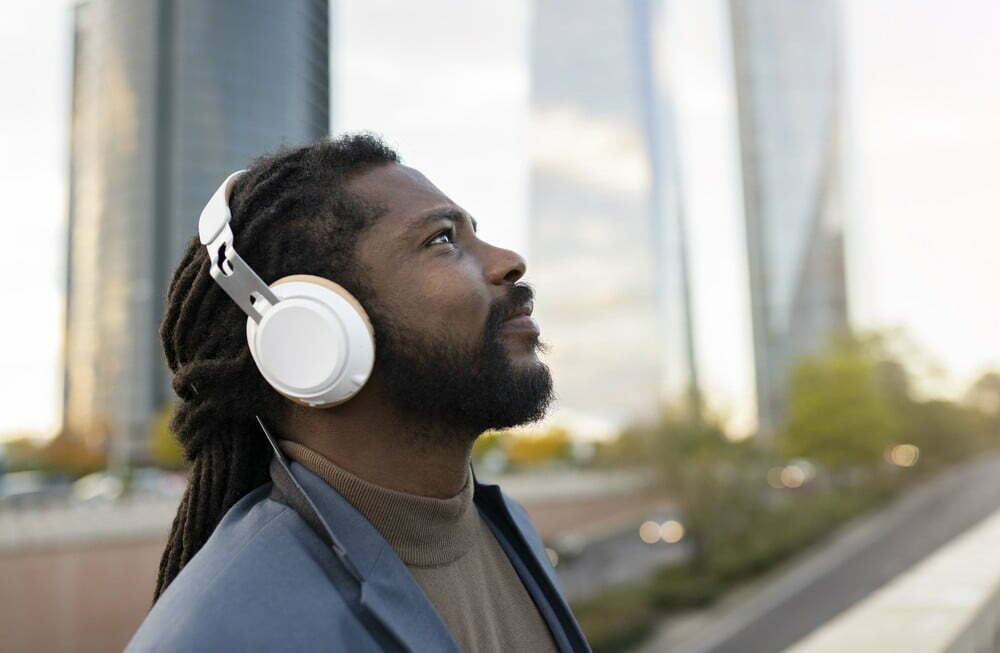
![Best Over-Ear Headphones for Working Out in [year] 27 Best Over-Ear Headphones for Working Out in 2026](https://www.gadgetreview.dev/wp-content/uploads/best-over-ear-headphones-for-working-out-image-scaled.jpg)
![Best Sennheiser Headphones in [year] 28 Best Sennheiser Headphones in 2026](https://www.gadgetreview.dev/wp-content/uploads/best-sennheiser-headphones-image-1.jpg)
![Best Sony Headphones in [year] 29 Best Sony Headphones in 2026](https://www.gadgetreview.dev/wp-content/uploads/best-sony-headphones-image-1.jpg)
![Best Open Back Headphones in [year] 30 Best Open Back Headphones in 2026](https://www.gadgetreview.dev/wp-content/uploads/best-open-back-headphones-image-1.jpg)
![Best Headphones in [year] ([month] Reviews) 31 Best Headphones in 2026 (January Reviews)](https://www.gadgetreview.dev/wp-content/uploads/best-over-the-ear-headphones.jpg)
![Best Noise Cancelling Headphones for Sleeping in [year] 32 Best Noise Cancelling Headphones for Sleeping in 2026](https://www.gadgetreview.dev/wp-content/uploads/best-noise-cancelling-headphones-for-sleeping-image-1.jpg)
![Best Noise-Cancelling True Wireless Earbuds in [year] 33 Best Noise-Cancelling True Wireless Earbuds in 2026](https://www.gadgetreview.dev/wp-content/uploads/best-noise-cancelling-true-wireless-earbuds-image.jpg)
![Best Headphones with a Mic in [year] 34 Best Headphones with a Mic in 2026](https://www.gadgetreview.dev/wp-content/uploads/best-headphones-with-mic-image.jpg)
![Best Headphones for Sleeping in [year] 35 Best Headphones for Sleeping in 2026](https://www.gadgetreview.dev/wp-content/uploads/best-headphones-for-sleeping-image.jpg)
![Best Headphones for Teens in [year] 36 Best Headphones for Teens in 2026](https://www.gadgetreview.dev/wp-content/uploads/best-headphones-for-teens-image.jpg)
![Best Noise Canceling Headphones for Kids in [year] 37 Best Noise Canceling Headphones for Kids in 2026](https://www.gadgetreview.dev/wp-content/uploads/best-noise-cancelling-headphones-for-kids-image.jpg)
![Best Headphones for Music Production in [year] 38 Best Headphones for Music Production in 2026](https://www.gadgetreview.dev/wp-content/uploads/best-headphones-for-music-production-image.jpg)
![Best Wired Headphones in [year] 39 Best Wired Headphones in 2026](https://www.gadgetreview.dev/wp-content/uploads/best-wired-headphones-image.jpg)
![Best USB Headphones in [year] 40 Best USB Headphones in 2026](https://www.gadgetreview.dev/wp-content/uploads/best-usb-headphones-image.jpg)
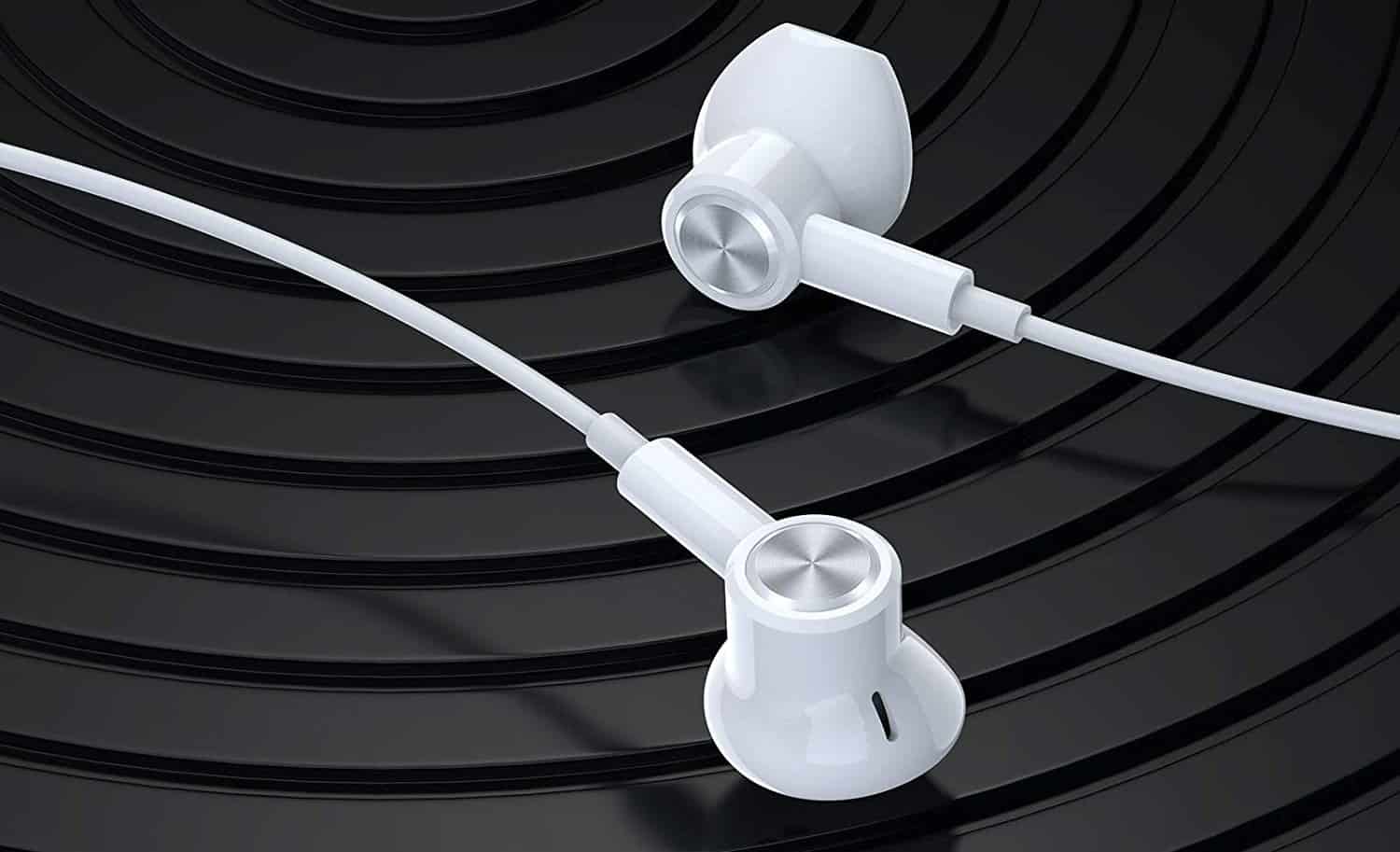
![Best Headphones for Mowing in [year] 42 Best Headphones for Mowing in 2026](https://www.gadgetreview.dev/wp-content/uploads/best-headphones-for-mowing-image.jpg)
![Best Headphones for Music in [year] 43 Best Headphones for Music in 2026](https://www.gadgetreview.dev/wp-content/uploads/best-headphones-for-music-image.jpg)
![Best TV Headphones for Seniors in [year] 44 Best TV Headphones for Seniors in 2026](https://www.gadgetreview.dev/wp-content/uploads/best-tv-headphones-for-seniors-image.jpg)
![Best True Wireless Earbuds in [year] 45 Best True Wireless Earbuds in 2026](https://www.gadgetreview.dev/wp-content/uploads/best-true-wireless-earbud-image.jpg)
![Best Swimming Headphones in [year] 46 Best Swimming Headphones in 2026](https://www.gadgetreview.dev/wp-content/uploads/best-swimming-headphones-image.jpg)






